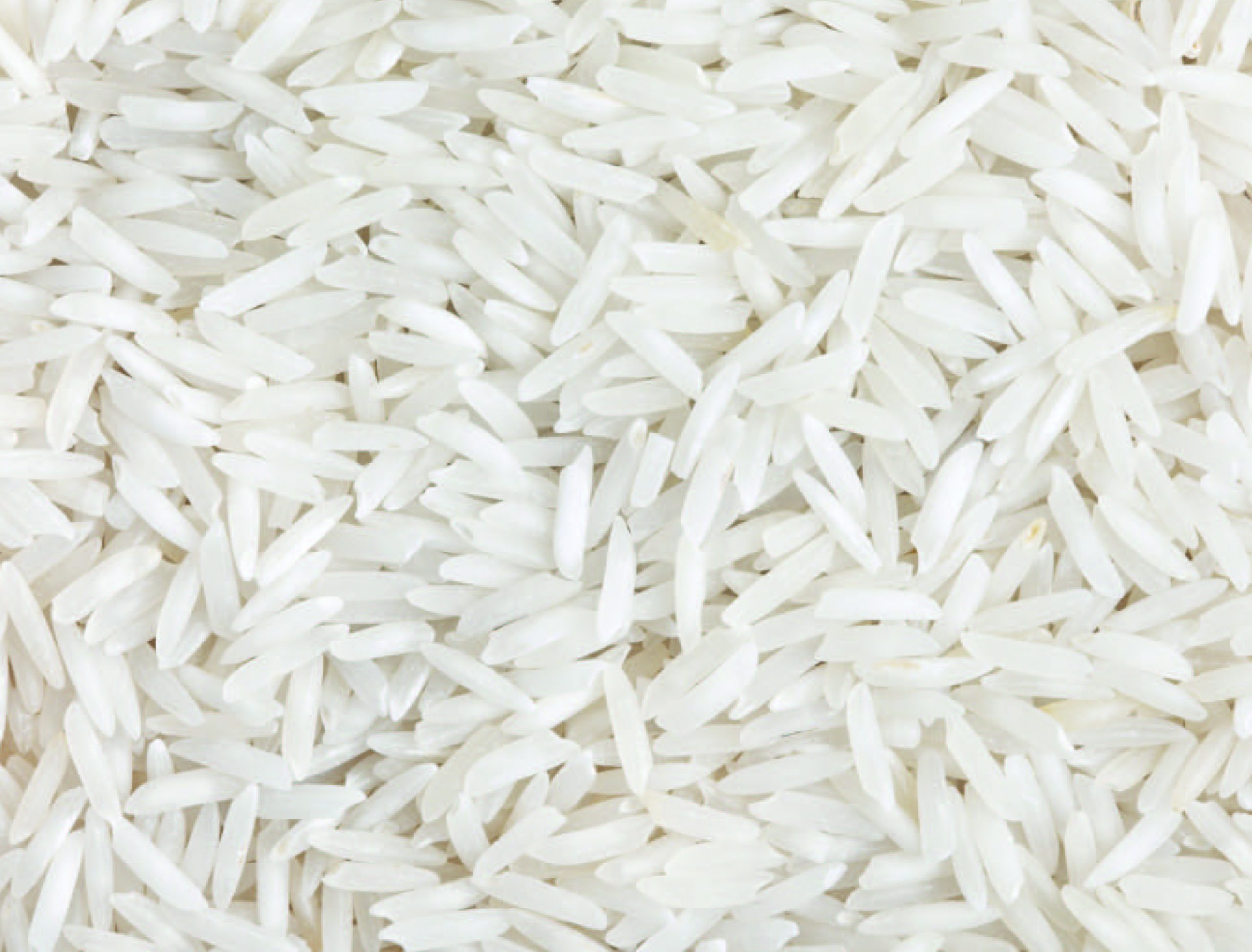If you haven’t eaten rice today, have you really eaten at all?
As a culinary historian and historic interpreter, I am never happier than when I’ve got in front of me a solid dish of red rice. This simple, hearty dish—one of the many direct contributions of West Africa to the Southern table—isn’t only an edible link to my genes, my DNA, my blood and bone. It’s a way to my heart. Indeed, rice has played a pivotal role in shaping my identity. My favorite rice dish growing up was my Alabama-born grandmother’s red rice (often misnamed “Spanish rice”)—a tasty, tomato-rich rice pilau with bell peppers, onions and spices. Little did I know that, if you followed that one dish back through all of the mamas and grandmas that came before her, you would go overland from Alabama to South Carolina and then across the Atlantic.
My grandmother’s great-grandmother was born in Charleston, the center of red rice country, and her great-grandmother’s grandmother was born in Sierra Leone, among the Mende people. To this day, one of the staple dishes of Sierra Leone is jollof rice, the West African antecedent of red rice. Prepared in different ways up and down the Atlantic world rice belt, today’s versions of red rice essentially maintain the same orange-red glow, as well as a taste that is pleasantly warm and pairs well with just about any leafy green or protein.
There’s an apocryphal story that rice entered the South through Charleston in 1685. A ship blown off its course from Madagascar to England landed unexpectedly in Charleston, where aid was provided to the crew. The grateful captain repaid the colonial British governor with seed grains from rice, which from then on could be grown in Carolina and used to enrich the colony for all time. Though rice was most likely already here when the ship from Madagascar arrived, this story of rice’s entrance into the South highlights how significant it was for the region. In the antebellum South, if cotton was the king of commodities, then rice was the queen. And the queen brought incomparable economic power. Charleston, and later Savannah, were thriving cosmopolitan trading ports, with fabulous wealth guaranteed by the cultivation of cash crops, which relied on the knowledge and labor of enslaved West and Central Africans.
West Africans from Senegal to Liberia, the western half of Cote d’Ivoire (Ivory Coast), and deep into the interior along the Niger and other rivers, had grown rice for almost four millennia by the time the transatlantic slave trade picked up in earnest. With the spread of Islam and the settlement of the western African coastline by the Portuguese, the indigenous red rice known as Oryza glaberrima and several other wild and cultivated species were joined by Oryza sativa, or “Asian rice.” On the island of Madagascar, some of my other ancestors were growing the latter, their ancestors having brought seed from Indonesia in outrigger canoes. As African and Asian cultures mixed, rice became both a staple and the central feature of Madagascan economic life. In West Africa, too, my forebears knew this reality, with women taking a primary role in processing of the crop.
It is no accident that my great-grandmothers passed their knowledge of rice culture from generation to generation. In the 1700s, planters from North Carolina to Florida imported thousands of enslaved human beings—many of them women—to properly grow and process husked rice. They were already rice-production experts. On the other side of the South, along the Gulf coast and up the Mississippi River Valley, the French sent Africans with rice that had originated in Benin and Senegal. Other Africans arrived in the Americas with similar knowledge, having grown Asian rice to supply slave ships sent to the Americas.
Jollof Rice
Jollof rice, the famous West African dish, is named after the Wolof people of Senegal and Gambia, who themselves call it benachin. Maggi, a bouillon cube ubiquitous in West Africa, has become part of the flavor profile of everything there. If you have access to an international market, it will have Maggi cubes; you can use them to make a Maggi broth to replace the stock in this recipe—just follow the instructions on the package. Be careful…it tends to be salty, so go lightly at first to find your bearings. Makes four servings.
- 2 tablespoons vegetable oil
- 1 large yellow onion
- 2 garlic cloves, peeled and smashed
- 2 tablespoons tomato paste
- 1.5 cups long-grain white rice, washed and drained
- 1 habanero pepper, seeded and chopped
- .5 teaspoon freshly ground black pepper or Kitchen Pepper*
- .5 teaspoon seasoned salt or jollof rice seasoning
- 2.5 cups vegetable or chicken stock (homemade or store-bought) or Maggi broth
*Kitchen Pepper is an old-school spice mix popular in early American cooking. It contains black pepper, nutmeg, ground allspice, ground cinnamon, ground ginger, ground mace, ground white pepper and red pepper flakes.
Heat oil in a medium saucepan with a tight-fitting lid over medium-high heat. Add the onion and garlic and sauté for 4 to 5 minutes, until soft. Add the tomato paste, turn the heat down to medium-low and cook for about 3 minutes, stirring constantly. Stir in the rice, chili pepper, black pepper and seasoned salt. Cook for 2 to 3 minutes, stirring constantly to prevent the rice from sticking to the bottom of the pan. Add the stock, cover, turn the heat down to low and simmer for about 20 minutes, until the liquid is nearly but not completely absorbed. Remove the lid, place a piece of aluminum foil over the pan, return the lid to the pan over the foil and steam for another 20 minutes.
We can see the importance of rice in African American folklore, which carried over rice’s unique mythology from Africa. Supposedly carried in seed form in the braided hair of African grandmothers, rice offered the enslaved a hidden and sacred link to ancestors and their deities. Among my Mende ancestors, for instance, rice mixed with palm oil fed the ancestors at their graves. For many other groups, too, African rice was a revered food, not just dinner.
They say in Sierra Leone that, if you have not eaten rice that day, then you haven’t really eaten at all. I appreciate that sentiment, as fare like pilau (which in some places is called perloo)—a simple southern chicken-and-rice dish—or a rice crepe stuffed with green onions, Vietnamese herbs and fresh seafood, trigger some of my most Pavlovian moments.
But even more important, rice connects me to every other person, southern and global, who is nourished by rice’s traditions and customs.
Editor’s Note:
Michael W. Witty is a culinary historian and author of the James Beard Award-winning book The Cooking Gene: A Journey Through African American Culinary History in the Old South. Twitty’s new book, Rice, features 51 recipes ranging from Southern classics to international dishes. It explores the culinary history and African diasporic identity of rice. This story is excerpted from RICE: a SAVOR THE SOUTH® cookbook by Michael W. Twitty. ©2021 by the University of North Carolina Press. Used by permission of the publisher. For more information or to order visit uncpress.org
Red Rice
This tomato pilau is one of the greatest dishes ever to emerge from the Low Country and can be adjusted depending on your tastes. The recipe was inspired by the erudite Damon Lee Fowler—culinary historian and cookbook author from Savannah and a keeper of old Southern culinary traditions—who published it in The Savannah Cookbook in 2008; it is included with his permission. Makes 4 to 6 servings.
- .25 pound thick-cut bacon or salt pork, diced small
- 1 medium onion, trimmed, split lengthwise, peeled and chopped
- 1 medium bell pepper, stemmed, seeded and chopped
- 1 cup long-grain rice, washed and drained
- 2 cups Italian canned plum tomatoes, with their juice, chopped
- 1 cup beef or chicken stock (homemade or store-bought), or water
- 1 tablespoon Worcestershire sauce
Salt, ground cayenne pepper and whole black pepper in a peppermill or Kitchen Pepper*
Put the bacon or salt pork in a Dutch oven and turn the heat to medium. Fry, uncovered, until the fat is rendered and the bacon is crisp. Spoon off all but 2 teaspoons of fat. Add the onion and bell pepper and sauté until translucent, about 5 minutes. Add the rice and stir until it’s well coated and warmed, about 3 or 4 minutes. Add the tomatoes with their juice, stock, Worcestershire sauce, salt, cayenne and a liberal grinding of pepper to taste. Bring to a boil and stir, scraping any loose grains that are sticking to the pan. Loosely cover, reduce the heat as low as possible and let simmer for 25 minutes. Remove it from the heat and allow to steam for 15 minutes before serving.









